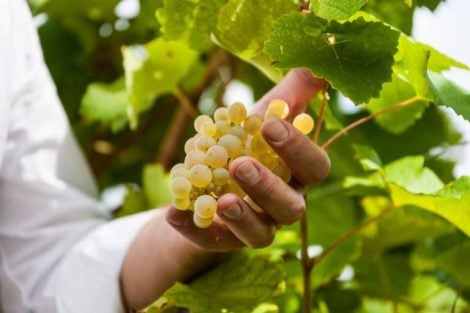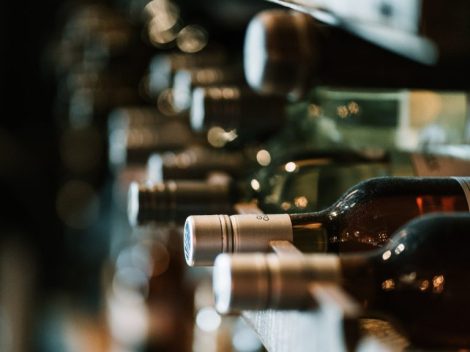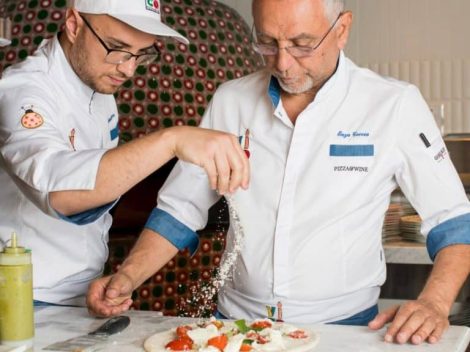French pastry reimagined with a Piemontese twist? Or vice versa? That's the key to interpreting the Mont Blanc, an ineffable winter dessert made of meringue, cream, and chestnut puree, following the original recipe with chestnut vermicelli.
The name declares its origin, the Alps, and the battle for its creation is between French Savoy and the neighboring Piedmont. While it is a must in France today, it was originally an Italian dessert from the late 15th century, and it only made its way to the other side of the Alps two centuries later, in the early 17th century. After that, except for a slight reduction in sugar, the recipe has remained unchanged.
There's another story as well, suggesting that the Mont Blanc was born in the early 1900s in the Angelina tea room in Paris. Some historical research conducted at the Bibliothèque Nationale de Paris supposedly confirms this. In this case, the shape would not be related to Europe's highest mountain but would be inspired by the hairstyle of the ladies of that era. In any case, at Angelina on rue de Rivoli, they continue to make it as they did back then, and only since 2005, the chestnut cream vermicelli, originally handmade with a small spoon, have been machine-made (though still hand-activated).
In Turin, a direct "rival" to Paris when it comes to the origins of the dessert (although the Mont Blanc is now a classic in Italian pastry), you can find a range of offerings, from historic local establishments and traditional pastry shops to prestigious contemporary reinterpretations. You can also find it, though not too frequently, in some restaurants. For example, they offer a sumptuous "alla canavesana" version at Casa Vicina, the gastronomic restaurant of Green Pea, as shown in the photo.
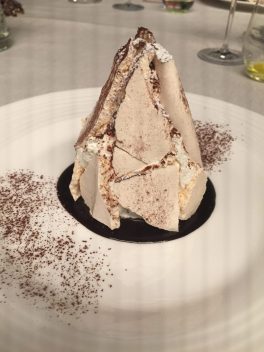
In short, it's a dessert with a touch of magic, and here we suggest seven options, a truly magical number
7 places where to eat the best Mont Blanc in Turin
Mont Blanc at Fabrizio Galla
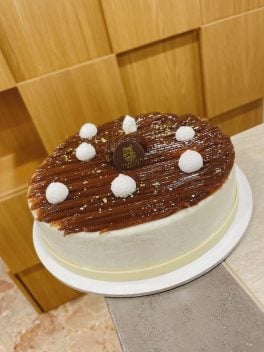
Fabrizio Galla, a renowned pastry chef not only in Italy but also on an international level, prepares a Mont Blanc (he calls it in the Italian way) that he detailed for us: meringue, chestnut glaze dough, boiled chestnuts with fennel, cocoa, and rum. "It's a very solid dough, with chestnut mass and meringue inside, and on the outside, there's a vanilla-flavored whipped cream along with all the vermicelli made from chestnut glaze and boiled chestnuts that have been sieved. All of this is decorated with small meringues and chestnut glaze." Sumptuous.
Fabrizio Galla, via Chivasso 79, San Sebastiano Po (TO), tel. 011 9197998
da Eataly Lingotto,via Ermanno Fenoglietti, 14, tel. 011 19506859
www.fabriziogalla.it
At Fabrizio Racca, the Mont Blanc dessert
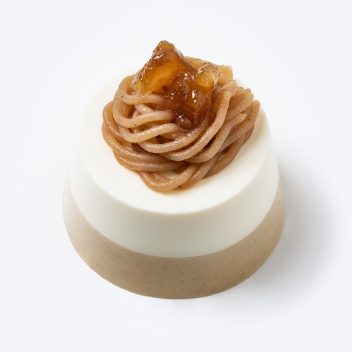
Fabrizio Racca, an enthusiast of contemporary pastry, specializes in single-serving desserts that resemble works of art, as precious as jewels. "For me, the Mont Blanc is a dessert where whipped cream is replaced by a Bavarian cream made of cream, a basic Piedmontese chestnut Bavarian cream. Inside, there's a pure chestnut cream, on top a nest of chestnut cream, and Marron glacé as a finishing touch. It's very delicate and serves as our dessert for November-December."
Fabrizio Racca, corso Vittorio Emanuele II, 78, tel 011 446 1070 - via San Marino, 95. tel. 011 427 3794
Tradition/reinterpretation by Dell'Agnese
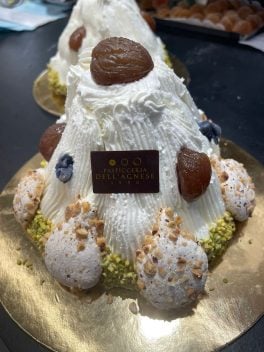
In the pastry shop in front of the historic Fiat Mirafiori headquarters, Giovanni Dell'Agnese prepares both the traditional Mont Blanc and a reimagined version. "Some prefer it with chestnut vermicelli, cocoa, rum, and cream on a meringue base, decorated with chestnuts and violets; others choose the one constructed on meringue, where layers of broken chestnuts, chocolate, and cream alternate to create the Mont Blanc, also decorated with chestnuts and violets but without liqueur.”
Pasticceria Dell’Agnese, corso Unione Sovietica 417, tel. 011 616 157
www.dellagnesegiovanni.it
Marco Vacchieri, the meringue in Mont Blanc version
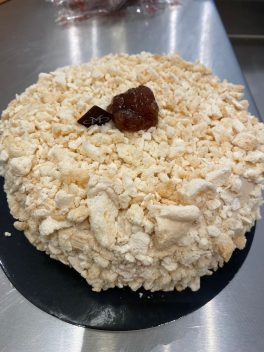
Marco Vacchieri, famous for his excellent meringue, reimagines the Mont Blanc in a meringue-based version with chestnuts, essentially a perfect variation of the dessert. "We have adapted the Mont Blanc to our flagship dessert. We prepare it with chestnut puree, vanilla, and a splash of rum. We mix it with cream and chestnut pieces and then proceed according to our recipe: 2 layers of meringue made from cream, decorated with small cubed meringue on top, and a Marron glacé."
Marco Vacchieri, via Roma 2, Rivalta di Torino (TO),tel. 011 9090249;
www.vacchieri.it
At Pfatisch the Mont Blanc is a cake
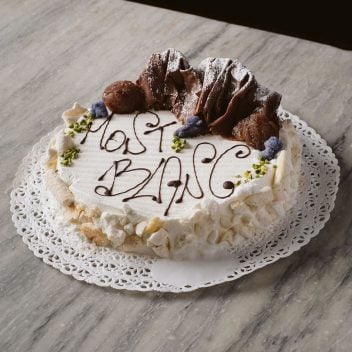
Also Pfatish, a historic venue in a beautiful Art Nouveau building under the arcades of Via Sacchi, creates a cake version of the classic Mont Blanc. "Which reflects tradition:" explains Francesco Ciocatto, head of the pastry shop's team. "Inside is a disc of white meringue filled with chestnut cream, cream and the ever-present pieces of marron glacé. It is decorated around with small pieces of meringue, and on top with candied violets, Gianduja puff pastry and whole marron glacés, our famous hand-glazed marron glacés according to tradition.
Pfatish, via Paolo Sacchi 42, tel. 011 5683962 - www.pfatish.com
Mont Blanc reimagined by Stratta
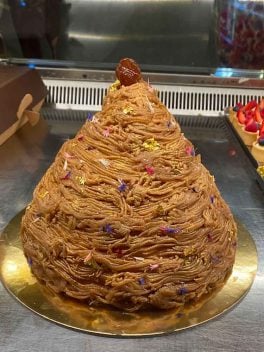
Stratta, located under the arcades of Piazza San Carlo since 1836, also reimagines the Mont Blanc. As Monica Werling explains, “Our dessert is made with meringue, whipped cream and chestnuts, and vermicelli all around to cover the “mountain”, but unlike the classic version, it doesn't have the chestnut puree.” Delicious in any case, perhaps even appreciated by Cavour (a regular patron of Stratta, who had a fondness for Marron glacé and meringues, which are still offered today as 'di Cavour').
Stratta, Piazza San Carlo 191, tel. 011 547920;
www.stratta1836.it
Mont-Blanc with cassis from Gerla
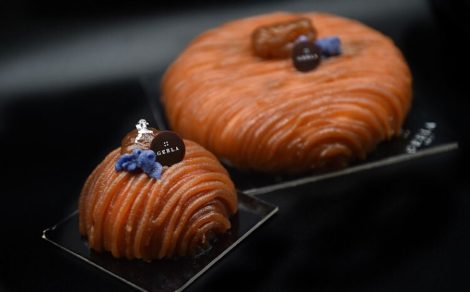
At Gerla, pastry chef Evi Polliotto creates her "own" Mont-Blanc: a chestnut cake with Marron glacé cream, cassis jelly, pieces of Marron glacé, whipped cream ganache, white chocolate, and vanilla. "All the ingredients of the classic Mont Blanc, excluding the meringue and adding cassis. I wanted to lighten the sweetness of the dessert and enhance the chestnut flavor. That's why I used cake and cassis, which, with its acidity, balances the sweetness of the Marron glacé. I was inspired by the French, who use cassis, but I didn't include rum, which I don't like paired with chestnuts."
Gerla1927, corso Vittorio Emanuele II, 88, tel, 5625966;
www.gerla1927.com

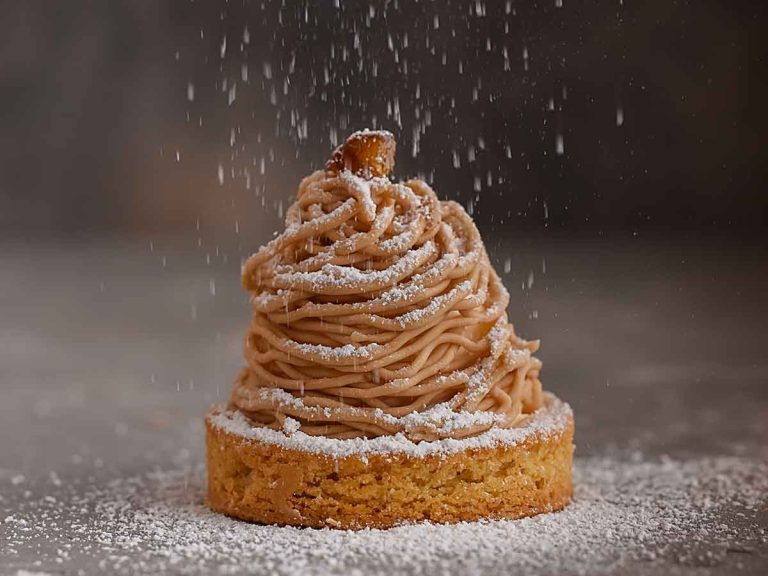
 Non-alcoholic wines? Call them what you want, but they’re still a derivative of wine.” An Interview with Martin Foradori
Non-alcoholic wines? Call them what you want, but they’re still a derivative of wine.” An Interview with Martin Foradori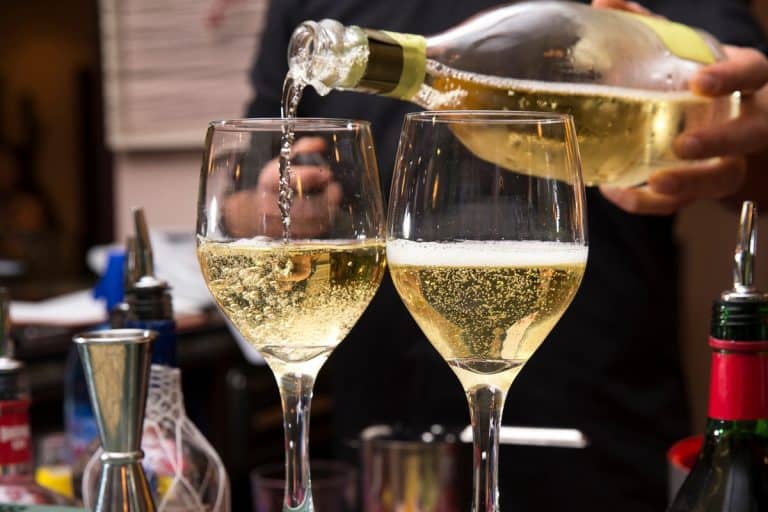 The 8 best Trentodoc wines chosen by Gambero Rosso
The 8 best Trentodoc wines chosen by Gambero Rosso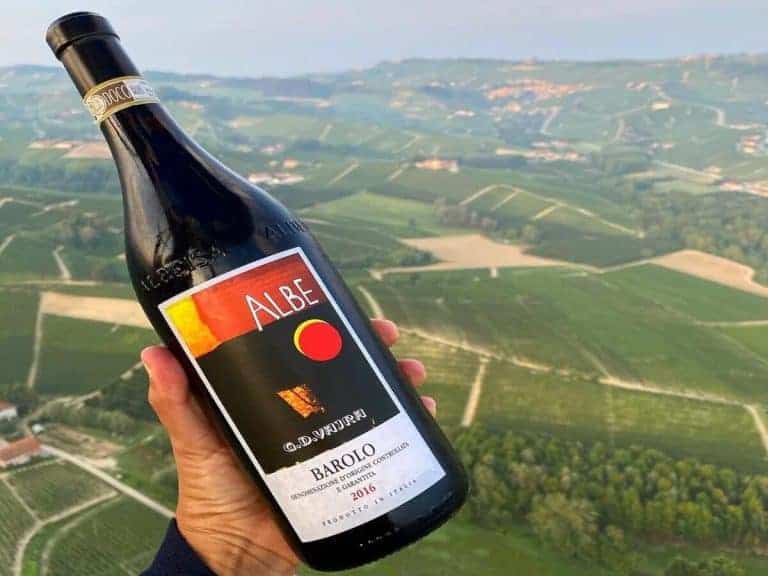 A Piedmont wine enters the top ten of Wine Spectator's "Top 100"
A Piedmont wine enters the top ten of Wine Spectator's "Top 100" Sparkling wines surpass still wines in Italian out-of-home consumption. Most popular during the aperitif
Sparkling wines surpass still wines in Italian out-of-home consumption. Most popular during the aperitif American Barbecue wins a Michelin star for the first time in history
American Barbecue wins a Michelin star for the first time in history